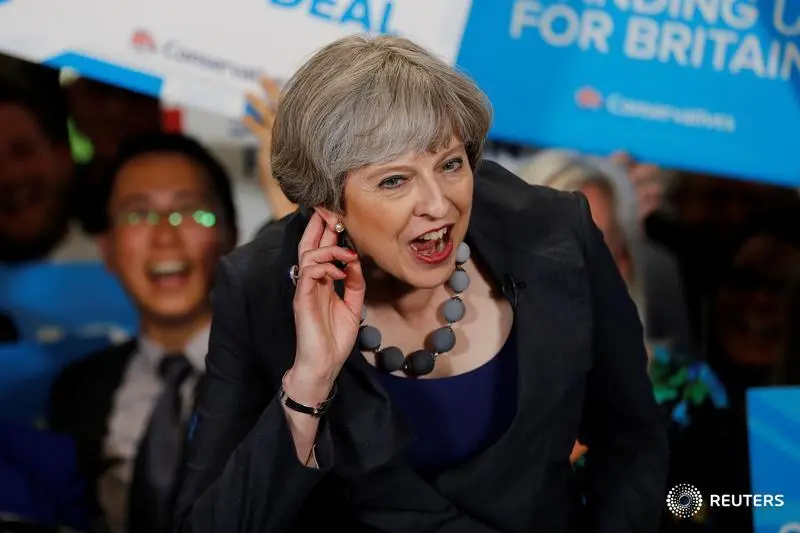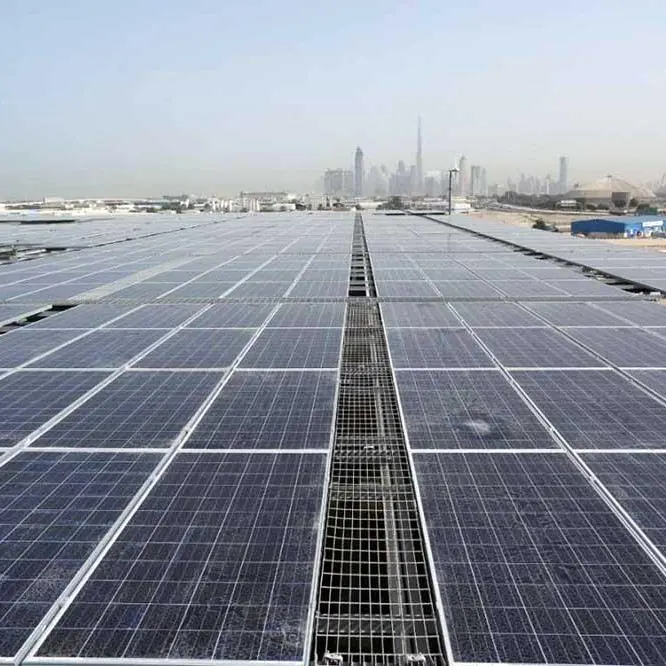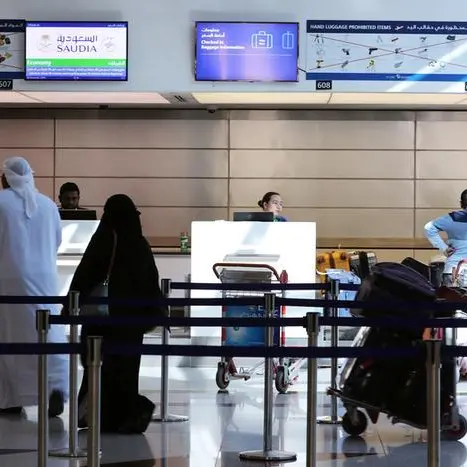PHOTO
LONDON - Theresa May has embraced an "extend and pretend" approach to Brexit. Fifteen months after Britain voted to leave the European Union – and six months since she formally started the two-year departure countdown – the British prime minister still lacks a clear idea of what form withdrawal should take. Her proposal to keep things as they are until 2021 reduces the risk of a chaotic exit.
The speech that May gave in a 14th century church in Florence on Friday should have been delivered a year ago. The conciliatory and constructive tone contrasted with her previously shrill and combative approach. Yet the prime minister’s vision for Brexit remains as vague and incoherent as the one she first articulated in January.
She insists that Britain will leave the EU’s single market and customs union, but declares that there will be no physical border checks between Northern and Southern Ireland. She rejects the notion of Britain becoming a member of the European Economic Area like Norway, but insists it can do better than a Canada-style free trade deal.
Even if Britain and its EU partners can agree on the outlines of a new relationship, it would be almost impossible to negotiate and ratify a detailed agreement in the 18 months that remain until Britain drops out of the bloc. Hence May is playing for time. Her offer of a two-year "implementation period" during which things carry on much as before delays the pain of departure until 2021.
The timetable is not set in stone. Signing up to an implementation period still assumes that Britain and the EU can agree on something to implement by March 2019. It also requires May to face down eurosceptics in her own party, who will complain that any extension is a violation of the referendum. The risk of Britain crashing out of the EU with no agreement has not disappeared entirely.
Nevertheless, May’s government has conceded two important points: leaving the EU is complex and painful, and the current timetable is unrealistic. Procrastination is the logical response. By 2021, Britain may have a new prime minister, or an entirely different government. The appeal of extending and pretending will only grow.
CONTEXT NEWS
- Prime Minister Theresa May on Sept. 22 called for Britain to stay in the European Union’s single market during a roughly two-year transition out of the EU.
- In a speech in Florence, May conceded that an "implementation period" lasting about two years after Britain formally leaves the EU in March 2019 would be "in our mutual interest". She said Britain would continue to abide by the EU’s rules and regulations during that time.
- She said the arrangement would give Britain time to implement its departure from the EU and provide greater certainty to businesses and people.
- However, she continued to reject post-Brexit options such as joining the European Economic Area, or reverting to a broad trade agreement such as the one Canada has signed with the EU.
- The EU’s Brexit negotiator, Michel Barnier, said in a statement that May had “expressed a constructive spirit”. He added that her desire for Britain to continue to benefit from access to the single market for two years after its exit from the bloc could be taken into account, if the EU so wished.
- Sterling weakened against the U.S. dollar during May’s speech. It was trading at $1.3515 by 15:30 GMT, down 0.46 percent on the day.
(Editing by Swaha Pattanaik and Kate Duguid)
© Reuters News 2017
The speech that May gave in a 14th century church in Florence on Friday should have been delivered a year ago. The conciliatory and constructive tone contrasted with her previously shrill and combative approach. Yet the prime minister’s vision for Brexit remains as vague and incoherent as the one she first articulated in January.
She insists that Britain will leave the EU’s single market and customs union, but declares that there will be no physical border checks between Northern and Southern Ireland. She rejects the notion of Britain becoming a member of the European Economic Area like Norway, but insists it can do better than a Canada-style free trade deal.
Even if Britain and its EU partners can agree on the outlines of a new relationship, it would be almost impossible to negotiate and ratify a detailed agreement in the 18 months that remain until Britain drops out of the bloc. Hence May is playing for time. Her offer of a two-year "implementation period" during which things carry on much as before delays the pain of departure until 2021.
The timetable is not set in stone. Signing up to an implementation period still assumes that Britain and the EU can agree on something to implement by March 2019. It also requires May to face down eurosceptics in her own party, who will complain that any extension is a violation of the referendum. The risk of Britain crashing out of the EU with no agreement has not disappeared entirely.
Nevertheless, May’s government has conceded two important points: leaving the EU is complex and painful, and the current timetable is unrealistic. Procrastination is the logical response. By 2021, Britain may have a new prime minister, or an entirely different government. The appeal of extending and pretending will only grow.
CONTEXT NEWS
- Prime Minister Theresa May on Sept. 22 called for Britain to stay in the European Union’s single market during a roughly two-year transition out of the EU.
- In a speech in Florence, May conceded that an "implementation period" lasting about two years after Britain formally leaves the EU in March 2019 would be "in our mutual interest". She said Britain would continue to abide by the EU’s rules and regulations during that time.
- She said the arrangement would give Britain time to implement its departure from the EU and provide greater certainty to businesses and people.
- However, she continued to reject post-Brexit options such as joining the European Economic Area, or reverting to a broad trade agreement such as the one Canada has signed with the EU.
- The EU’s Brexit negotiator, Michel Barnier, said in a statement that May had “expressed a constructive spirit”. He added that her desire for Britain to continue to benefit from access to the single market for two years after its exit from the bloc could be taken into account, if the EU so wished.
- Sterling weakened against the U.S. dollar during May’s speech. It was trading at $1.3515 by 15:30 GMT, down 0.46 percent on the day.
(Editing by Swaha Pattanaik and Kate Duguid)
© Reuters News 2017












